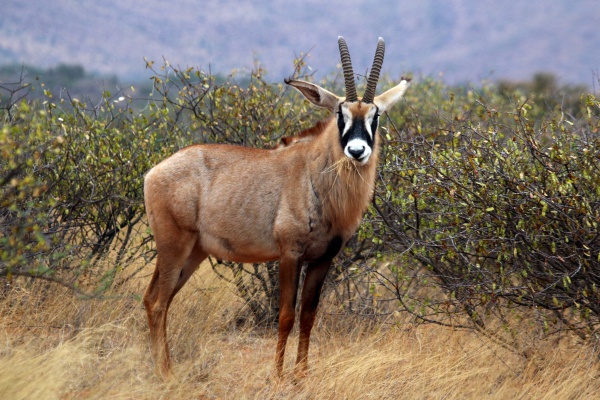Facts About Roan Antilope
The roan antelope is an impressive and sizeable species that inhabits the savannas of West and Central Africa. They are easily recognizable by their reddish-brown coats, lighter underbellies, white eyebrows, and distinctive black faces. These antelopes also feature short, erect manes, light beards, and prominent red nostrils. As one of the largest antelope species, males can weigh between 242-300 kg, and females between 223-280 kg. While they bear some resemblance to sable antelopes, their unique coloration sets them apart.
Roan antelopes thrive in woodlands and grassland savannas, forming harem groups led by a dominant male. These groups often witness dramatic power struggles, as males frequently engage in fierce battles with their horns to establish dominance. Their diet mainly comprises mid-length grasses found in their habitats. Taxonomically, they belong to the genus Hippotragus and are members of the Bovidae family.
Several subspecies of roan antelopes exist, each occupying different regions across Africa. The species was first described in 1803 by the French naturalist Étienne Geoffroy Saint-Hilaire. The roan antelope shares its genus with the extinct bluebuck and the sable antelope. Resembling horses in build, they stand about 135-160 cm at the shoulder and weigh between 230-320 kg. Additional features include a short, erect mane, white facial patches, and long, narrow ears with tufts.

 Togo
Togo